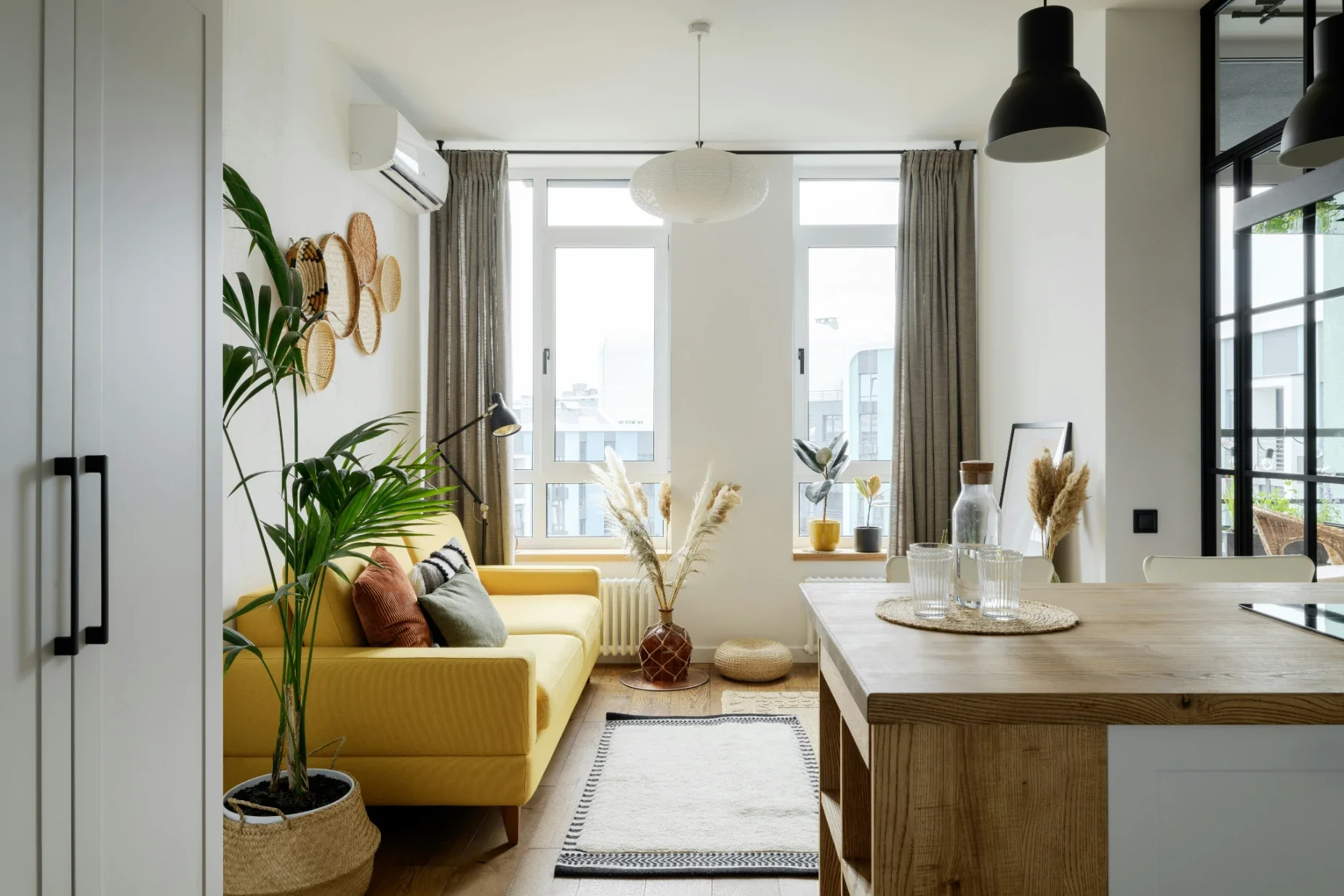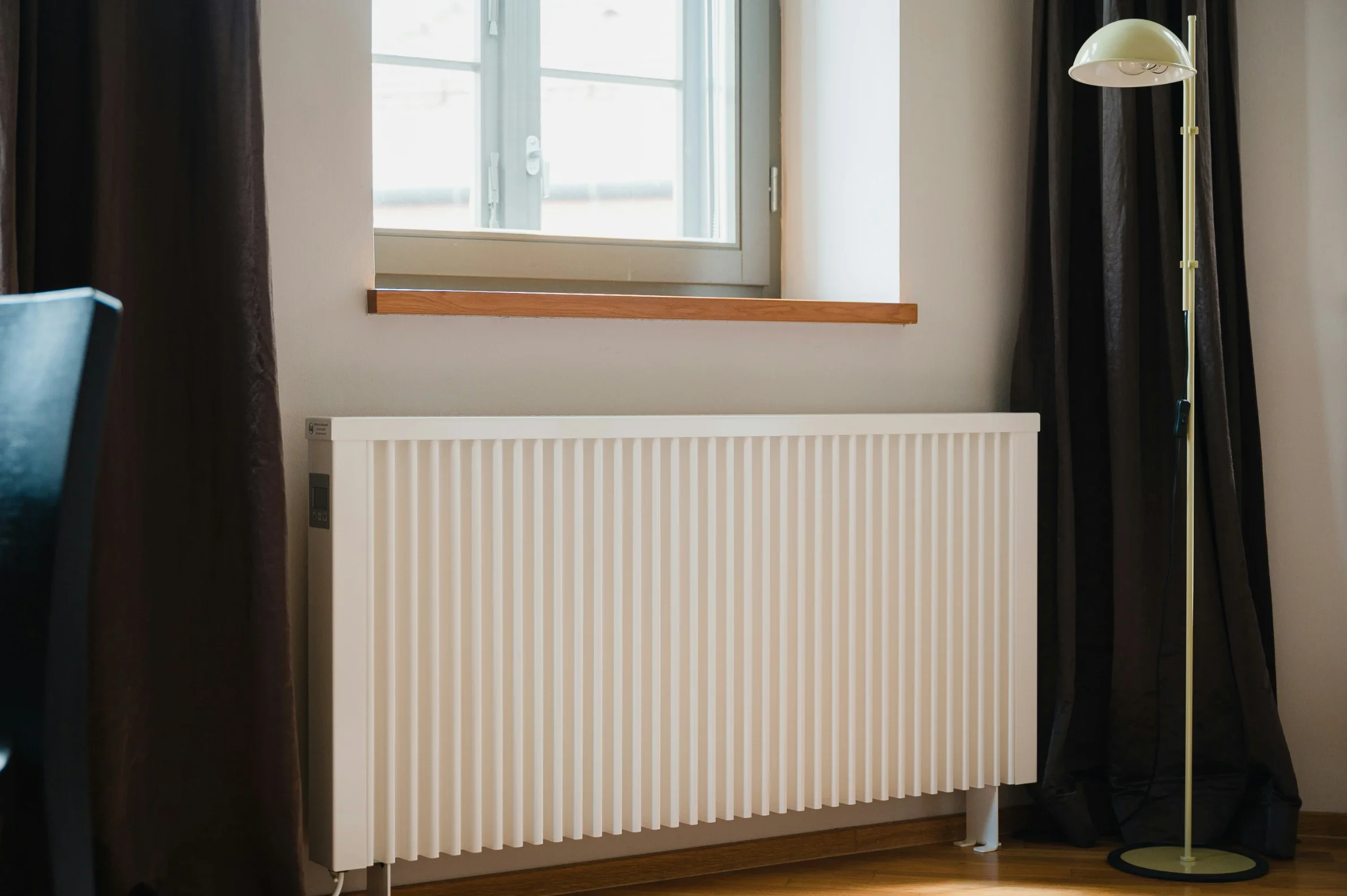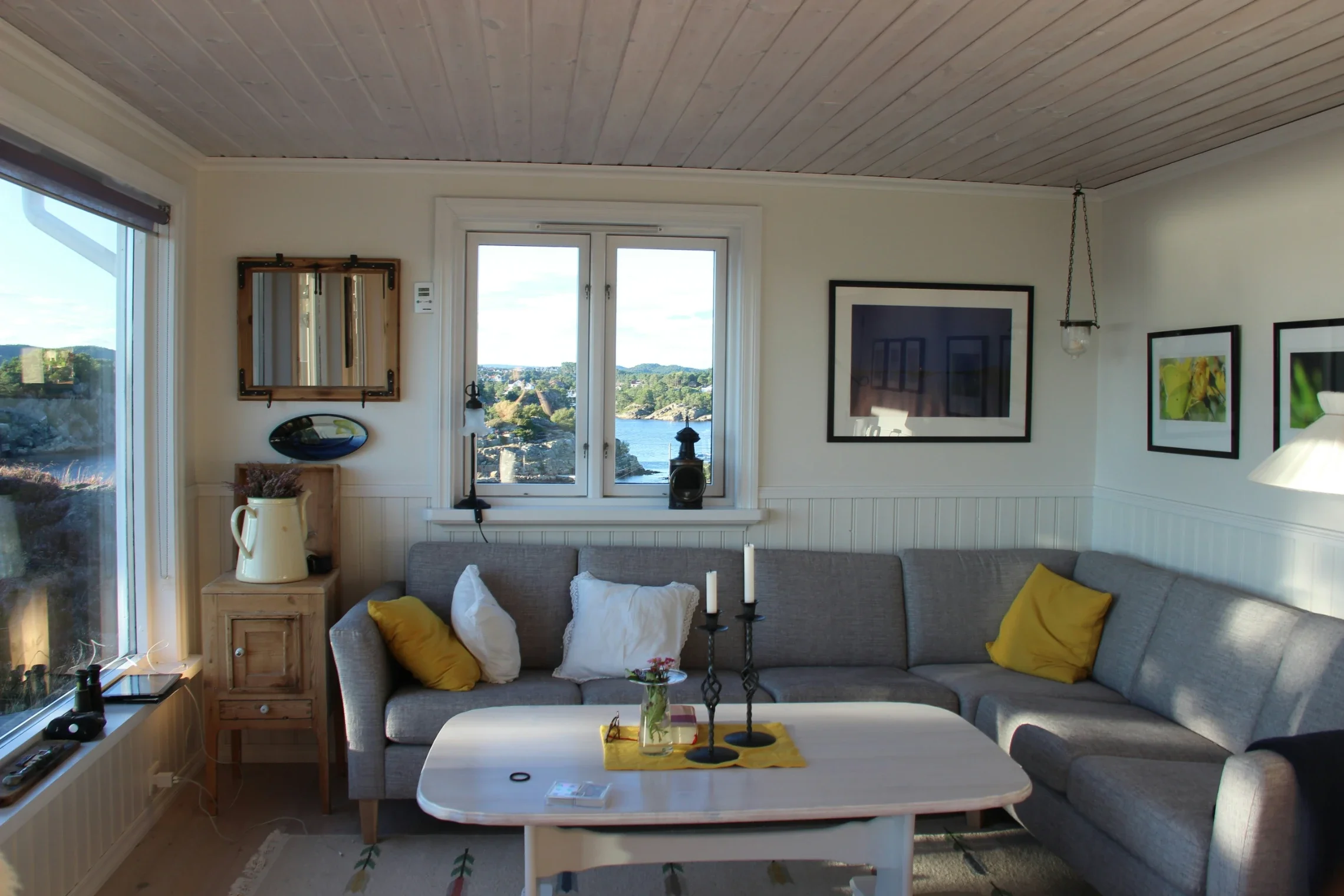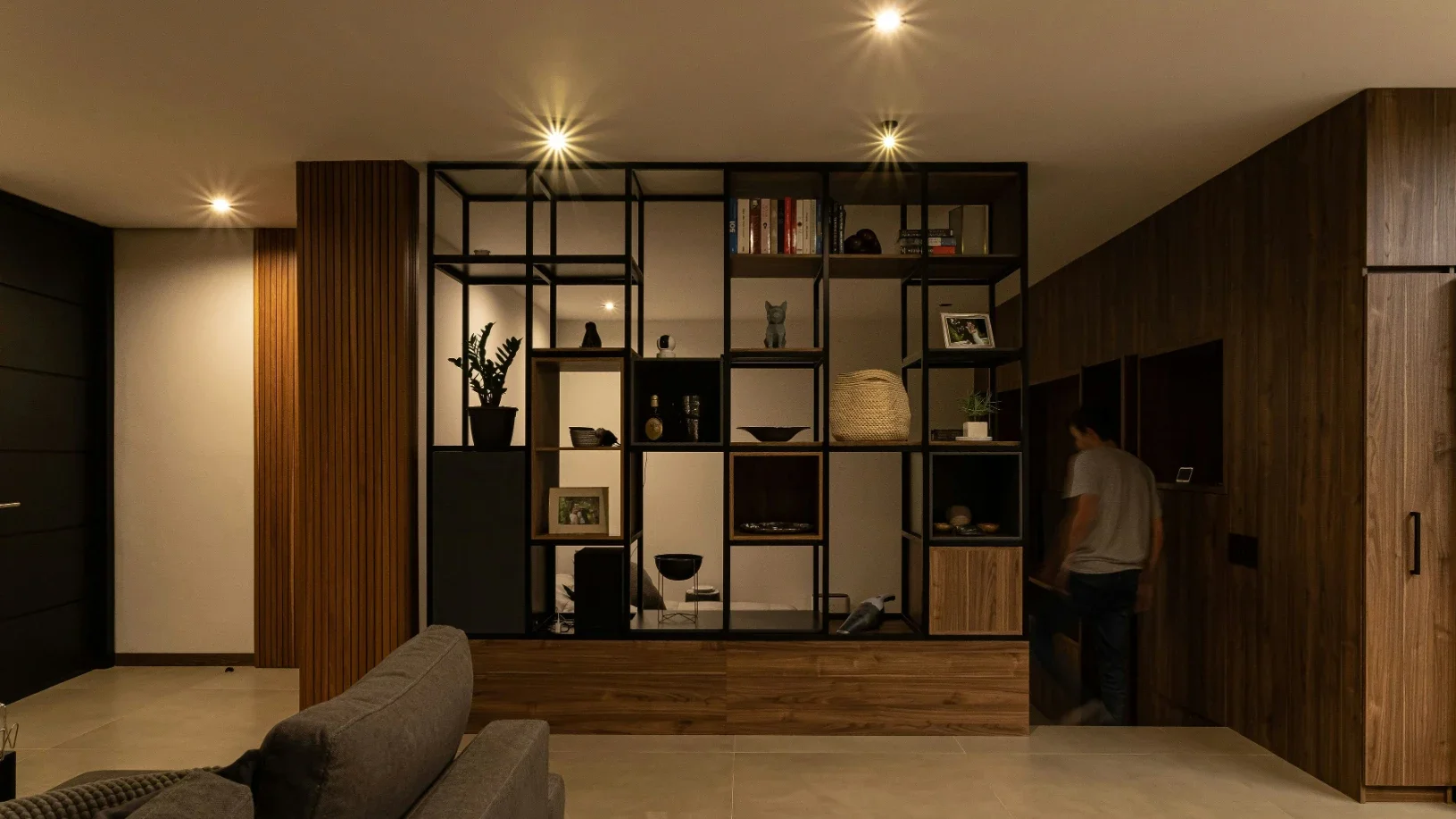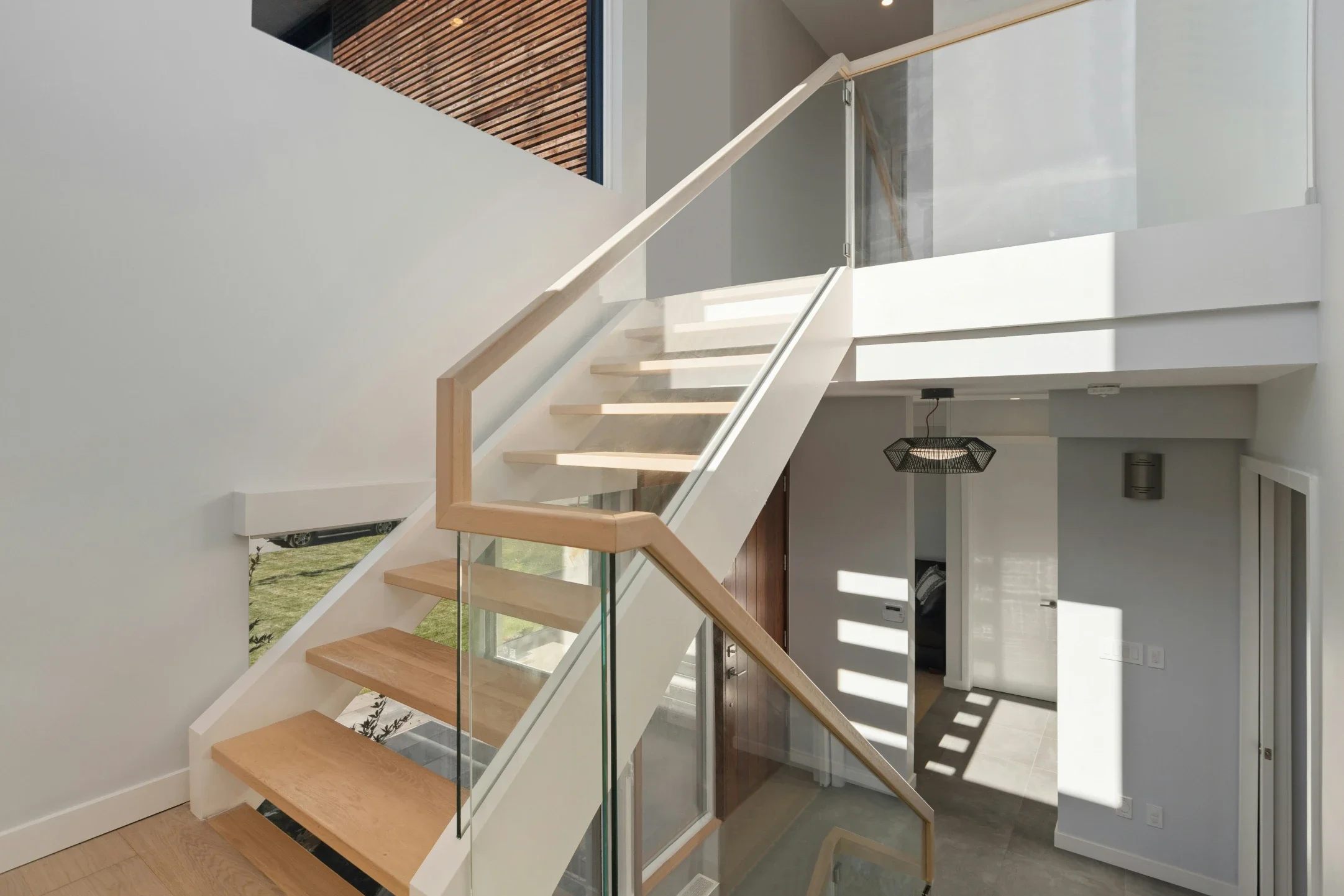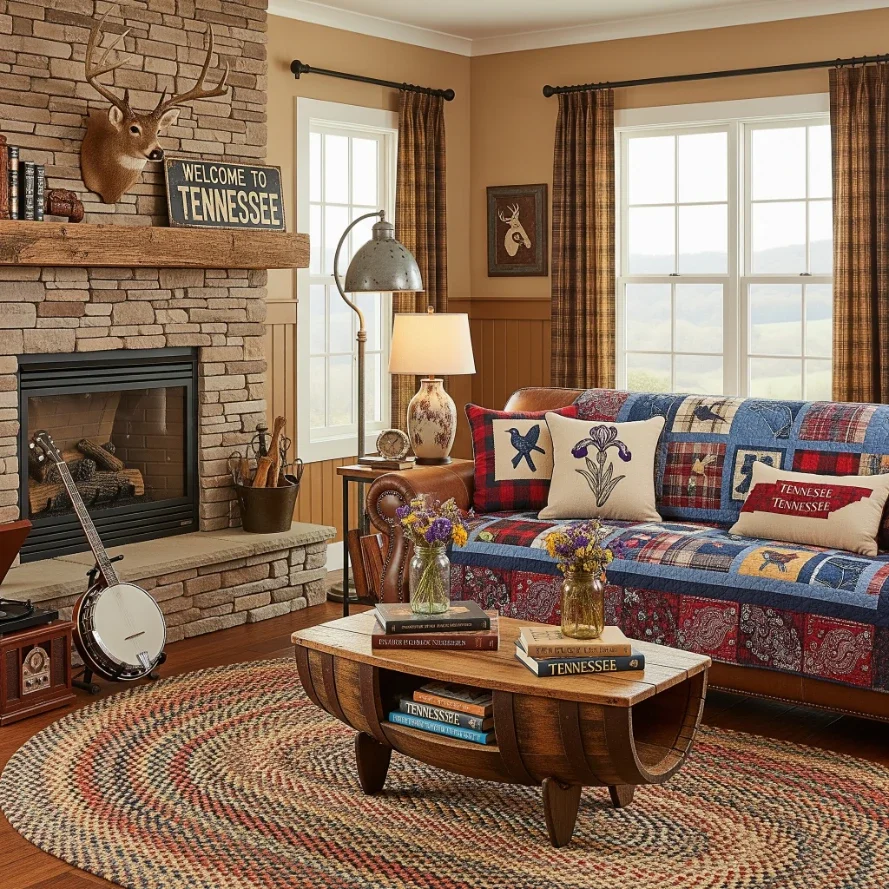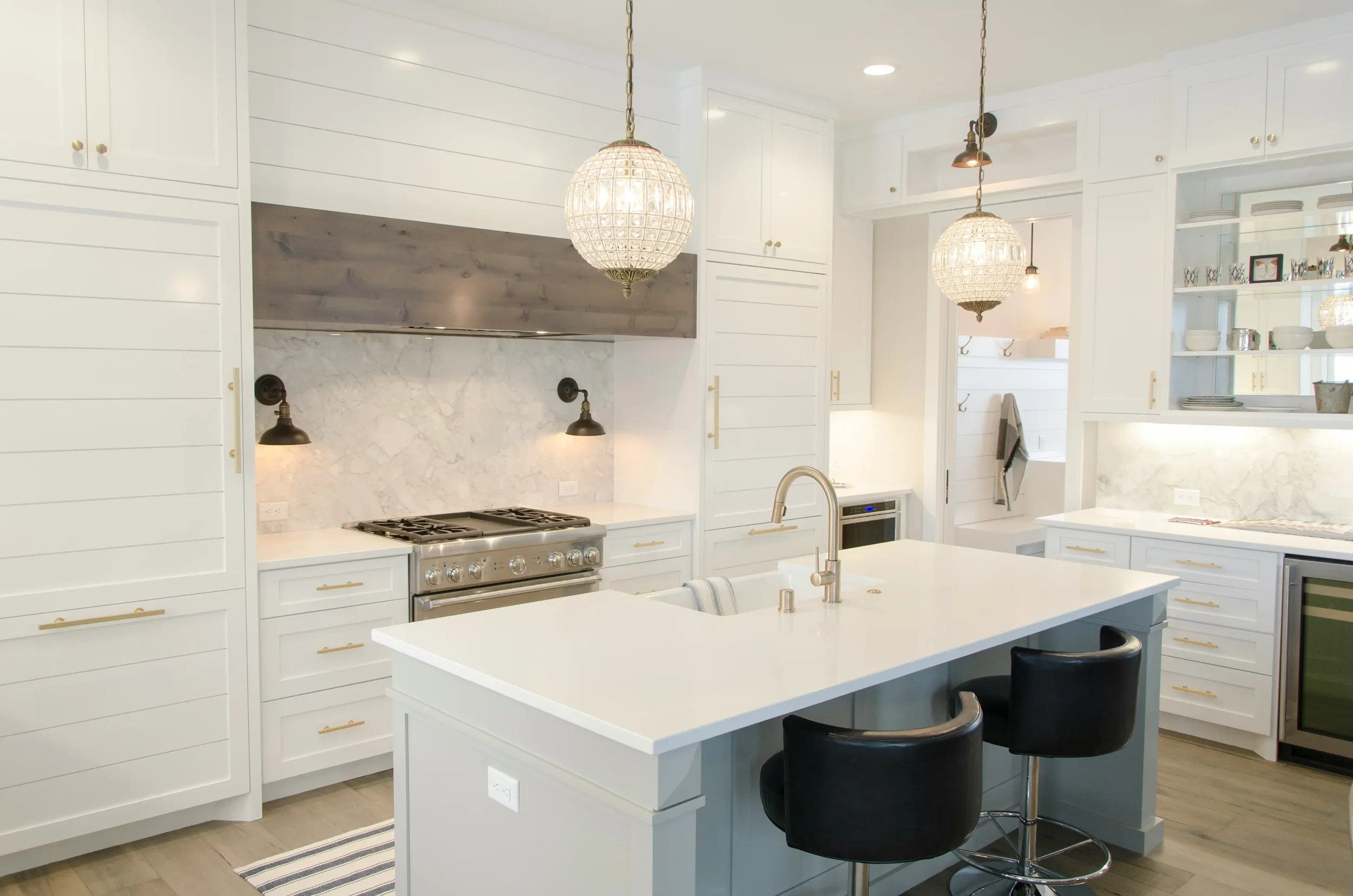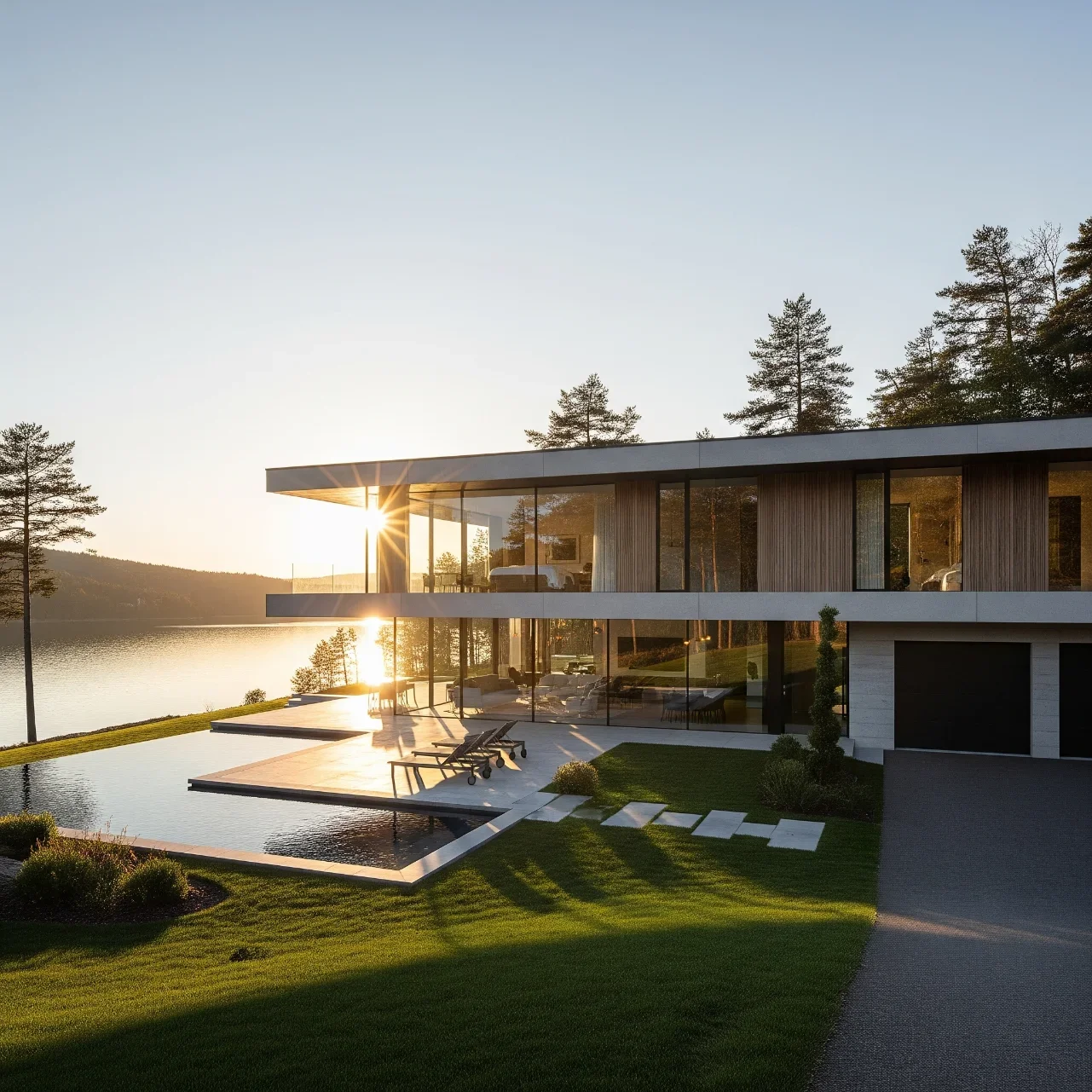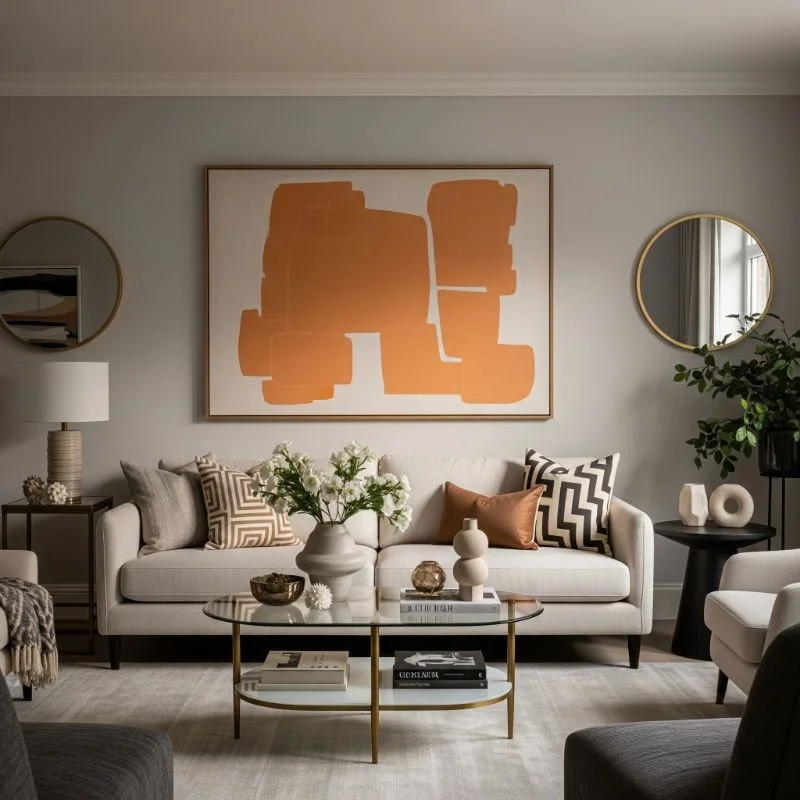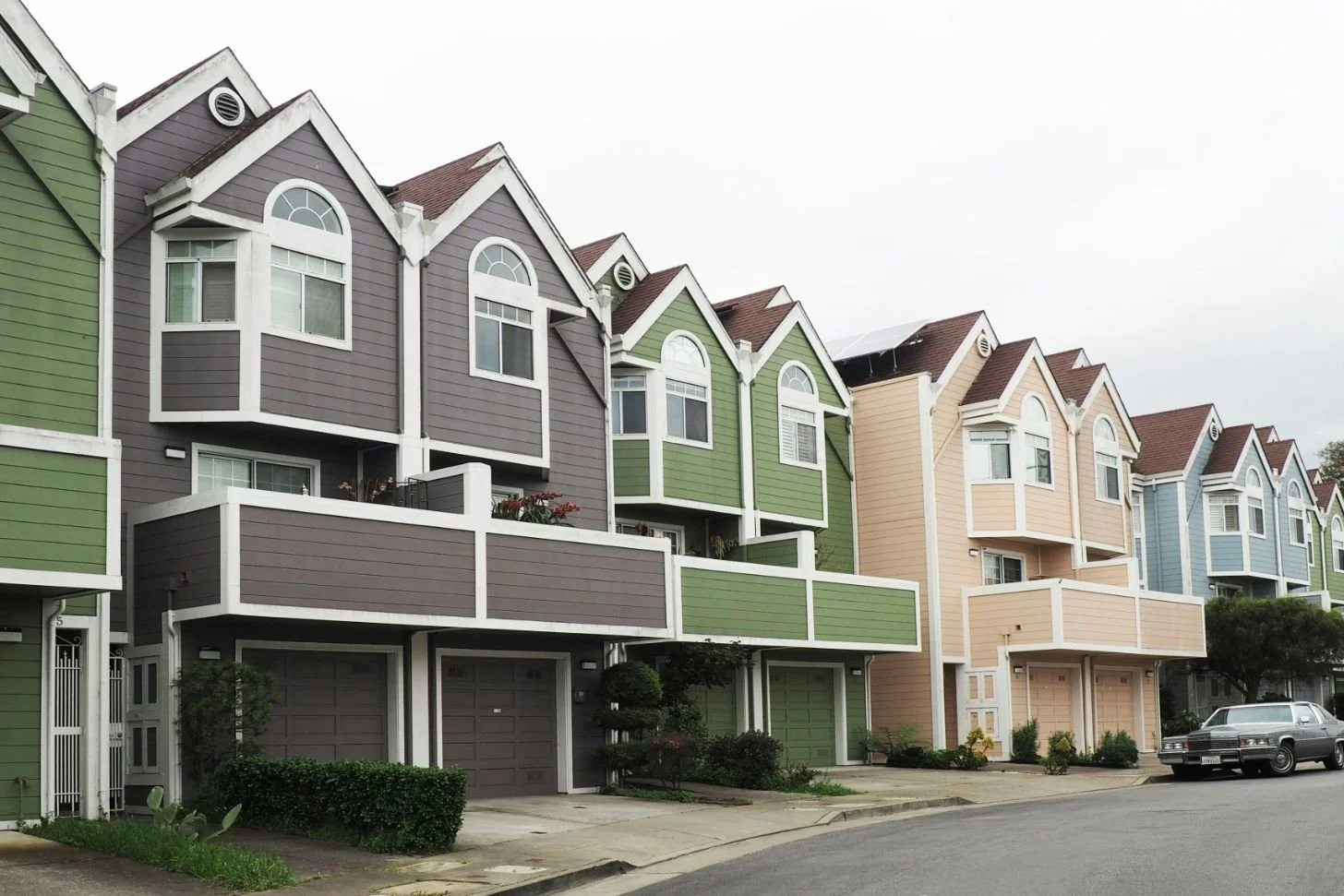From Drab to Fab: Inspiring Ideas to Refresh Your Home’s Interior
Transform your home from drab to fab with these inspiring ideas, offering creative tips to refresh your interior and elevate your space with style.
Refreshing your home’s interior can be an invigorating process, transforming spaces from dull and outdated to vibrant and welcoming. Whether you're seeking a complete overhaul or subtle enhancements, there are countless ways to breathe new life into your home. Here are some ideas to guide you through the process of revitalising your living spaces.
Reimagining Your Space: Creative Layout Changes for a Fresh Look
The layout of a room significantly influences how it feels and functions. One of the most effective ways to refresh your home is by reconsidering the arrangement of your furniture and how each room flows into the next.
Start by examining the purpose of each room and how you use it. Are there areas that feel cramped or underutilised? Sometimes, simply moving furniture can make a world of difference. For instance, in a living room, shifting the position of a sofa or coffee table can open up the space, creating a more inviting atmosphere. Consider creating conversation areas with seating that faces each other or arranging furniture to enhance natural light.
Another way to reimagine your space is by removing unnecessary walls or barriers that might make rooms feel smaller or darker than they are. Open-plan designs continue to be popular, and they offer the flexibility to adapt your living spaces to your needs. Combining the kitchen, dining, and living areas into a single, cohesive space can not only improve the flow of your home but also foster a more sociable environment.
Colour Palette Perfection: How to Choose the Right Shades for Your Home
Choosing the right colour palette is crucial when refreshing your home’s interior. Colours have the power to influence mood, perception of space, and even the perceived temperature of a room.
When selecting a colour scheme, consider the natural light in each room. North-facing rooms, which often receive cooler light, might benefit from warmer hues like soft yellows, warm greys, or earthy tones that add warmth and depth. On the other hand, south-facing rooms can handle cooler tones, such as blues, greens, and crisp whites, which can create a bright, airy feel.
Don’t be afraid to experiment with bolder colours on feature walls or through accent pieces like cushions, rugs, or artwork. Rich jewel tones like emerald green, sapphire blue, or deep burgundy can add a luxurious feel to a room, while pastels can make a space feel light and playful.
Another key consideration is the use of colour to create harmony and flow between rooms. Using a cohesive palette throughout your home ensures a smooth transition from one space to the next, making the entire home feel connected and well thought out.
Statement Pieces: The Power of Eye-Catching Furniture and Décor
Statement pieces are the focal points of a room that draw attention and set the tone for the entire space. Whether it’s a bold piece of artwork, a unique piece of furniture, or an eye-catching light fixture, these elements can instantly elevate a room from drab to fab.
When selecting statement pieces, think about the overall aesthetic you want to achieve. A large, abstract painting with vibrant colours can inject energy into a minimalist space, while a vintage chandelier can add a touch of elegance and history to a modern room.
Furniture can also serve as a statement piece. Consider investing in a distinctive sofa with bold upholstery or a sculptural chair that stands out from the rest of your furnishings. These pieces not only add visual interest but can also become conversation starters.
It’s important to balance statement pieces with the rest of the room’s décor. While they should be the star of the show, the surrounding elements should complement rather than compete with them. Use neutral tones and simple lines elsewhere in the room to ensure that your statement pieces truly shine.
Bringing the Outdoors In: Incorporating Natural Elements into Your Design
Incorporating natural elements into your home’s design is an excellent way to create a serene, organic atmosphere. One of the most effective methods for achieving this is through the use of French doors, particularly aluminium French doors, which seamlessly connect indoor and outdoor spaces.
Aluminium French doors are not only aesthetically pleasing but also highly functional. Their slim frames allow for larger panes of glass, maximising the amount of natural light that floods into your home. This not only brightens up the space but also creates a stronger connection with the outdoors, making your living area feel more expansive and open.
Customised aluminium French doors can be tailored to suit any home, whether you’re looking for a traditional style to complement a period property or a sleek, modern design for a contemporary home. These doors can be finished in a range of colours and finishes, ensuring they blend seamlessly with your existing décor.
Beyond French doors, consider bringing in other natural elements such as indoor plants, wooden furniture, or stone accents. Indoor plants, in particular, are a versatile way to introduce greenery into your home. From small potted plants on windowsills to large statement plants like fiddle leaf figs or monstera, greenery adds life and texture to any room.
Reviving Old Furniture: Upcycling Ideas for a Modern Twist
Upcycling is a sustainable and creative way to refresh your home’s interior while giving new life to old furniture. Rather than discarding outdated or worn pieces, consider how they might be transformed with a little imagination and effort.
Painting is one of the simplest ways to upcycle furniture. A fresh coat of paint in a bold colour can completely change the look of a piece. For instance, an old dresser can be revitalised with a coat of deep navy blue or vibrant mustard yellow, turning it into a statement piece that anchors the room.
Beyond paint, consider changing the hardware on drawers, cabinets, and doors. New knobs and handles can give the furniture a modern edge or complement a specific design style. Opt for brass or matte black hardware for a contemporary look, or vintage-inspired pieces for a touch of nostalgia.
Reupholstering is another effective way to upcycle. An old armchair with worn fabric can be given a new lease on life with fresh, modern upholstery. Whether you choose a bold pattern or a neutral fabric, reupholstering allows you to customise the piece to fit your current décor.
Final Touches: Simple Additions That Make a Big Impact
Sometimes, it’s the small details that can make the biggest difference in a room. Adding the right finishing touches can bring your entire design together, making your home feel complete and cohesive.
Textiles such as cushions, throws, and rugs can add colour, pattern, and texture to a room, making it feel cosy and inviting. Choose fabrics that complement your overall colour scheme and add visual interest. For example, a plush velvet cushion can add a touch of luxury to a living room, while a textured wool throw can make a bedroom feel more comfortable and warmer.
Lighting is another critical element in the final stages of decorating. Layering different types of lighting—ambient, task, and accent—can create a dynamic and flexible environment. Consider adding table lamps, floor lamps, or even a statement chandelier to provide both functional light and decorative flair.
Don’t forget about the power of artwork and accessories. A well-placed piece of art can draw the eye and add personality to a space. Similarly, accessories like vases, candles, and books can add character and tell a story. Arrange these items thoughtfully, using odd numbers for balance and mixing different heights and textures to create visual interest.








